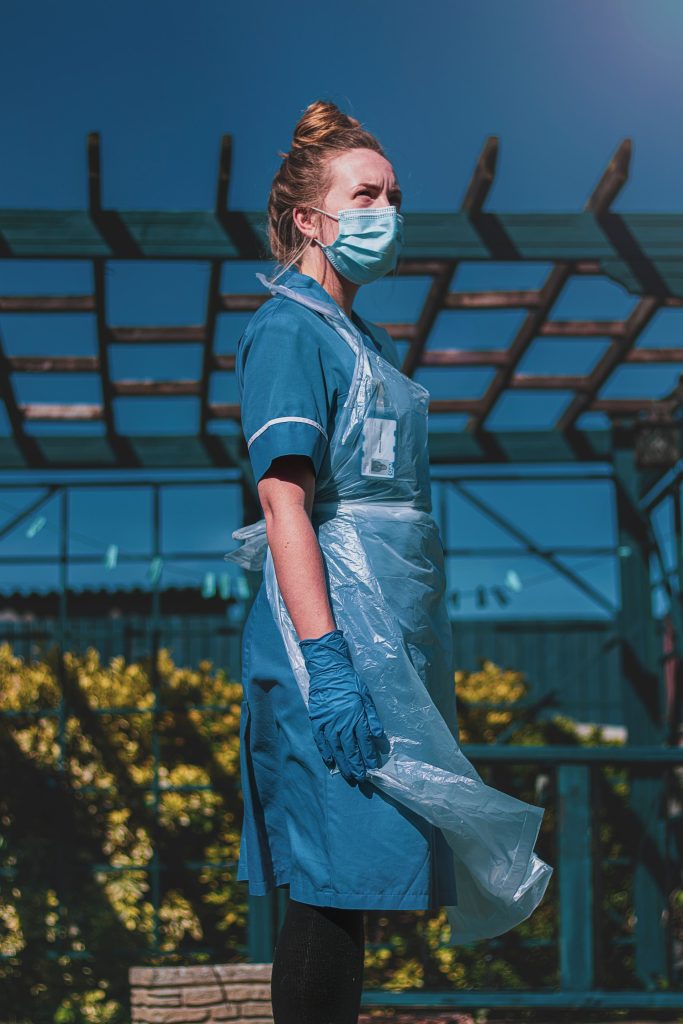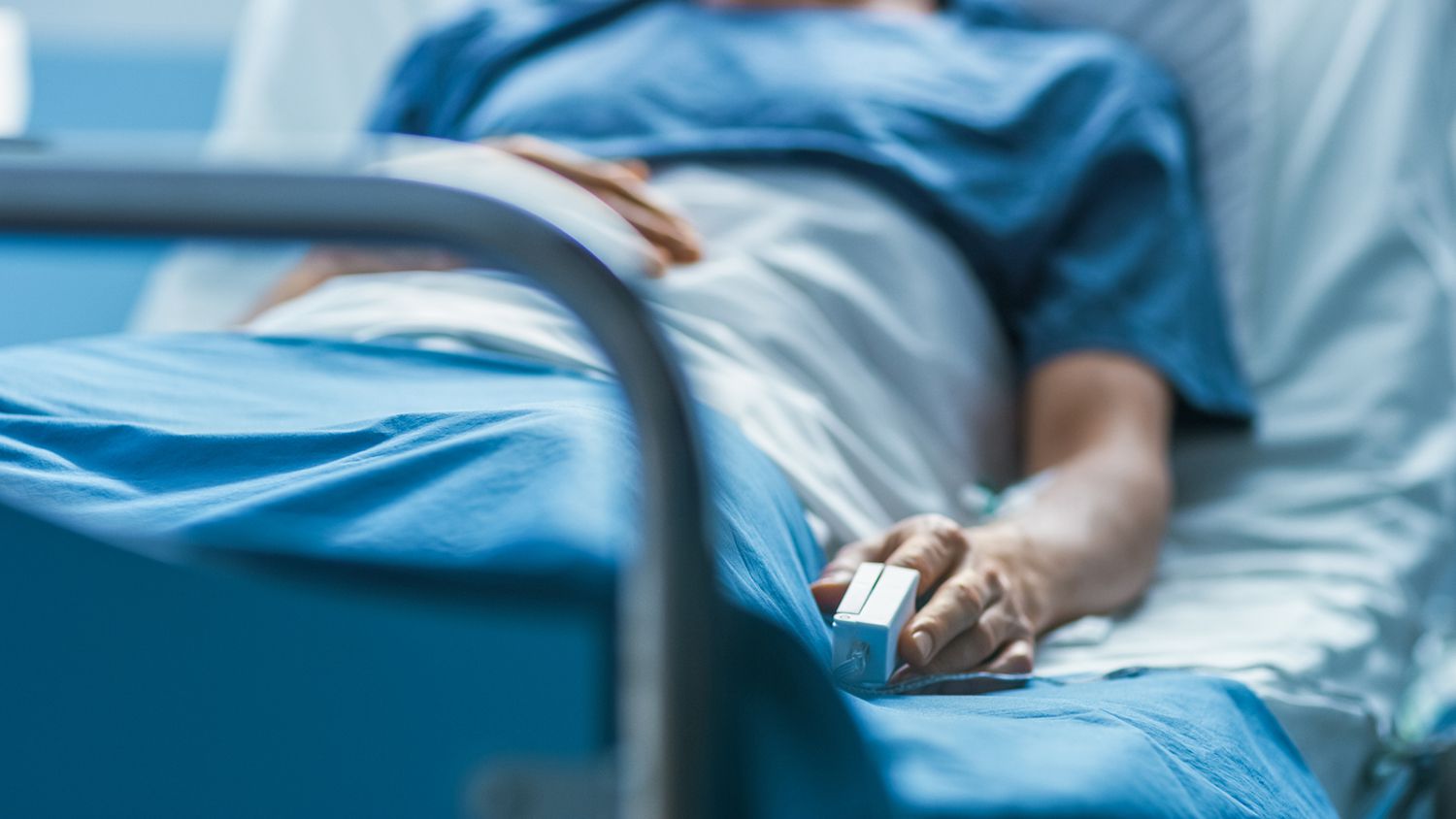People take medicine and supplements almost every day, or twice every 2 weeks are so. In most cases, the symptoms will fade away after a while after medicine, but people still need to take in a consistent dosage. This is because even though the body still contains a certain amount of medical compounds from the drug, the issue requires a strict concentration level to keep the medicine effects and deal with the defects. This is common knowledge for anyone who pursued a medical degree before, especially family medicine certification in Malaysia medical universities. However, if you are a newbie, then here is how your body consumes the drug.

Absorption
The first stage is absorption as the patient has to take the pills and consume them, this could be through drinking, inhaling, skin patch (nicotine patch), or injecting. The medicine will travel from the site of administration to the body’s circulation. If the medicine is orally taken, it will shuttle through a special blood vessel leading from the digestive tract to the liver. The liver is where most of the medicine percentage is broken down and inserted into the bloodstream. The rest of the medicine will enter the bloodstream directly by the skin on the lungs.
Distribution
After the body absorbs the drug, it will be carried and distributed throughout the body via the bloodstream. The blood carrying the drug will travel through vital organs like the brain, heart, and kidneys,… This is when side effects started to take place when drugs cause effects somewhere else in the body rather than its target area. An example could be pain relief pills when people take them, their target is the sore muscles in the shoulders. However, since the bloodstream with the medicine also travels through other organs with muscle, it could cause stomach irritation.
Moreover, medicines that are generated for the central nervous system will have to face a nearly impenetrable barrier named the blood-brain barrier that secures the brain from potentially dangerous substances: poisons, or viruses. Luckily, pharmacologists have come up with various ways to sneak some of the drugs past the blood-brain barrier. Allows more treatments to be carried out for those that have nerve-system-related problems. Other factors affecting drug molecule distribution are protein and fat molecules in the blood. These cells will latch onto the drug molecules and put them out of commission.
Metabolism
This stage is when the drug is broken down after it has travelled through the body and done its job. Any kind of medicine with any kind of consuming methods will again be carried back to the liver. Substances when entered the liver will be chemically pummelled, squeezed, and cut apart to be stuck together again and transformed by proteins called enzymes. Many of the products of enzymatic breakdown, or metabolites, are less chemically active than the original ones. Additionally, genetic differences can alter how certain enzymes work, also affecting their ability to metabolise drugs. Herbal products and foods, which contain many active components, can interfere with the body’s ability to metabolise drugs.
Excretion
The inactive drug undergoes the final stage in the body, excretion. The removal happens by the urine or faeces. By measuring the amounts of a drug in urine (as well as in blood) over time, clinical pharmacologists can calculate how a person’s body is dealing with a drug, perhaps resulting in a change to the prescriptions and doses.


